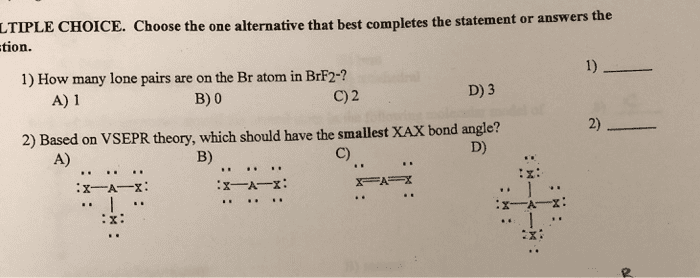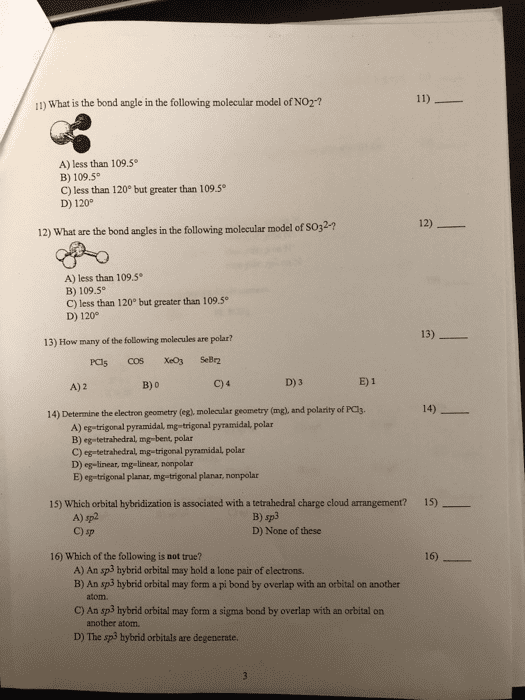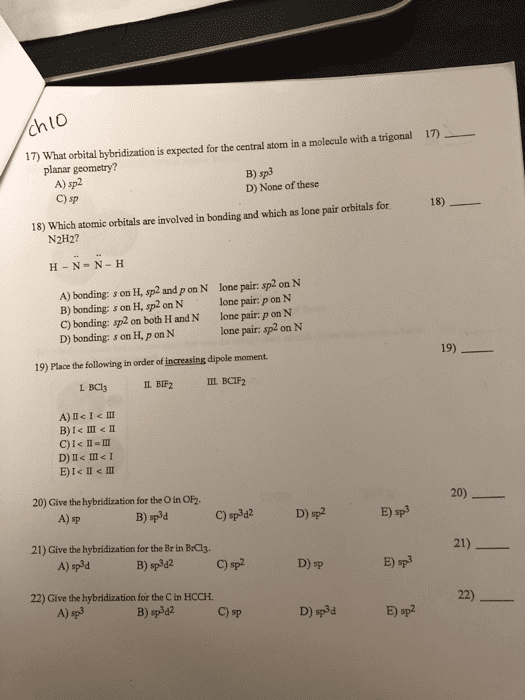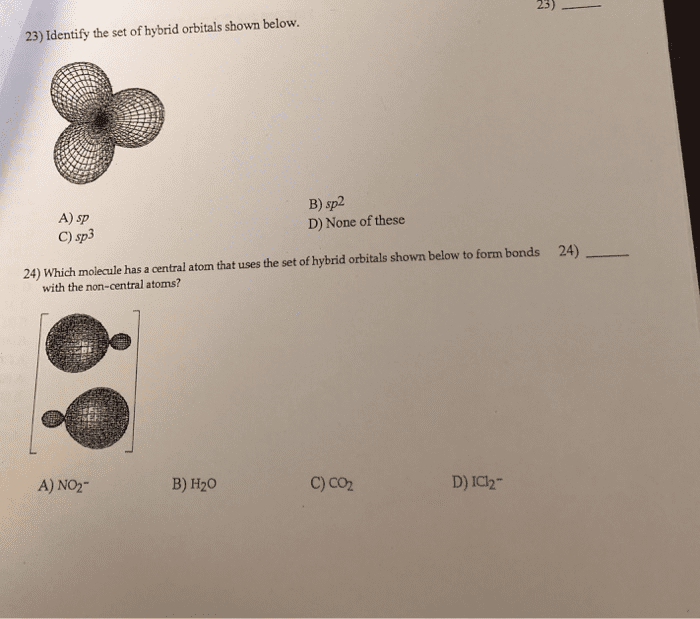BIOC 2300 Lecture Notes - Lecture 2: Valence Electron, Covalent Bond, Lone Pair

se2 - Aqueous Chemistry
January 6th, 2015
Biochemistry: the structure, function and metabolism of biomolecules (nucleic acids, proteins,
carbohydrates, and lipids).
• All biomolecules are composed of carbon, nitrogen, oxygen and hydrogen = organic
compounds
• C,N,O,P,H and S constitute 92% of human dry weight (40% of actual weight; 60% is
water)
• Position in periodic table predicts bonding properties
• C,N,O and H are smallest elements capable of forming 4,3,2 and 1 covalent bonds
• Also common cations (K+, Mg++ inside cell; Na+, Ca++ outside the cell) and anions (Cl-)
• Many other trace elements are metal ions
Versatility of Covalent Bonds:
• Covalent Bonds:
o Two atoms share pair of electrons
o These are generally strong (350-450 kJ/mol)
o Made or broken during metabolism * requires enzymes
• Carbon – 4 valence eleectrons
• N – 5 valence electrons 3 bonding and one lone pair
• O – 6 valence electrons 2 bonding and 2 lone
• H – 1 valence electron
Geometry of Carbon Bonding
• Sp3 orbital – tetrahedral (109.5 degrees)
• Sp2 orbital – planar (120 degrees)
• Rotations about covalent bonds defines conformation
• Changes in configuration requires the making or breaking of covalent bonds
Molecular Representations: Alanine
• Structure
• Ball and stick
• Space fill (VdW radii) – limited to electron cloud *spatial sense
*See “some common functional groups in biomolecules” Figure 1-15
Electronegativity (Pauling scale): *do not need to memorize
• F – 4.0
• O – 3.5
• N – 3.0
• S – 2.6
• C – 2.5
• P – 2.2
• H – 2.1
*High differences in electronegativity causes polarity some atoms share better than others
find more resources at oneclass.com
find more resources at oneclass.com
Document Summary
Geometry of carbon bonding: sp3 orbital tetrahedral (109. 5 degrees, sp2 orbital planar (120 degrees, rotations about covalent bonds defines conformation, changes in configuration requires the making or breaking of covalent bonds. Molecular representations: alanine: structure, ball and stick, space fill (vdw radii) limited to electron cloud *spatial sense. *see some common functional groups in biomolecules figure 1-15. Electronegativity (pauling scale): *do not need to memorize: f 4. 0, o 3. 5, n 3. 0, s 2. 6, c 2. 5, p 2. 2, h 2. 1. *high differences in electronegativity causes polarity some atoms share better than others. Electronegativity impacts polarity of biomolecules: polar, glucose (oh, glycine (nh3, nonpolar, wax (ch3, c=o, amphipathic, phenylalanine, polar coo- , nh3, nonpolar ch2, ch3. Biologically important hydrogen bonds: hydroxyl of an alcohol and a water donor and acceptor, carbonyl of ketone and a water, between peptide groups, between complementary bases of dna, *h bonds are stronger when lined up.






